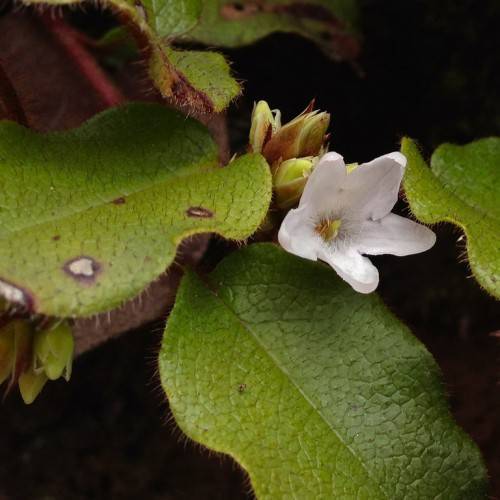
Trailing Arbutus
Epigaea repens
Cycle:
Perennial
Watering:
Average
Hardiness Zone:
Sun:
Partial sun Shade
Soil:
Sandy,Humus
Leaf:
Yes
Growth Rate:
Low
Care Level:
Medium
watering
Trailing Arbutus (Epigaea repens) should be watered regularly, but not too much, as the plant prefers moist, but well-drained soils. During the summer, water deeply once a week, Reduce the frequency of watering in winter, as the plant is dormant. Always ensure the top few inches of soil are dry in between watering.
sunlight
Trailing Arbutus (Epigaea repens) is a low-growing, evergreen shrub species native to North America. Like most plants, Trailing Arbutus needs daily sunlight to thrive, however it is a partial sun species and is sensitive to too much direct sun. Ideally, the plant should receive 4-6 hours of indirect, dappled sunlight each day. When given the right amount of light, this species will produce fragrant pink and white flowers in the spring. When growing in an area with too much direct sunlight, these flowers may not bloom or may suffer from sunburn. To avoid this problem, Trailing Arbutus should be planted under the shade of taller and more robust plants.
pruning
In general, Trailing Arbutus should be pruned in spring and autumn, once a year. Pruning should only be done to remove dead or diseased wood from the plant. In the spring, all diseased and dead wood should be cut away as close to the stem as possible. If you come across any branches that are crossing or rubbing against each other, thin them out for better air circulation. In the autumn, you should prune any overgrown stems and branches that are taller than the main stem. You may also prune some of the side branches to maintain the desired size of the Trailing Arbutus. Pruning off some of the lower branches can create a compact, fuller shrub. Pruning is important to keep the plant healthy and maintain its shape. Always prune carefully and ensure that all pruning is done in late spring or early autumn to ensure the plant will benefit from the process.
